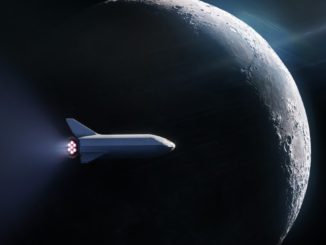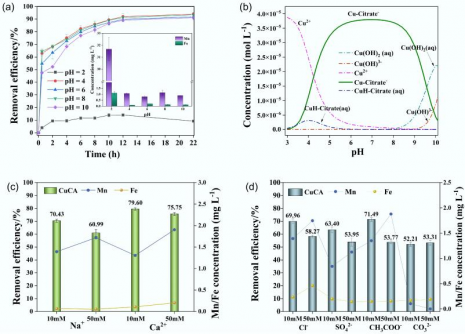SpaceX’s latest mission, Bandwagon-4, is set to launch on **November 2, 2025**, at **1:09 a.m. EDT** (05:09 UTC) from Cape Canaveral Space Force Station in Florida. This mission showcases a diverse array of payloads, including a demonstration data center backed by **Nvidia**, a precursor to Vast’s future commercial space station, and advanced artificial intelligence-powered weather satellites.
The Bandwagon-4 mission marks the fourth flight in the multi-customer series, aimed at mid-inclination orbits, and the 18th launch in SpaceX’s small satellite ride-share program. Liftoff will utilize the Falcon 9 first stage booster **B1091**, which has a history of launching satellites for Amazon’s Project Kuiper. Following the launch, B1091 is expected to land at **Landing Zone 2** at Cape Canaveral, marking its 15th touchdown and contributing to SpaceX’s impressive record of 528 Falcon 9 booster landings.
Innovative Payloads and Future Prospects
The primary payload on this mission is the **fifth Korea 425 satellite**, developed by **South Korea’s Agency for Defense Development** (ADD). This satellite is part of a reconnaissance constellation that includes sensitive military technology. Given the nature of these payloads, SpaceX has previously opted to conclude live launch coverage before payload deployments.
In addition to the Korea 425 satellite, the mission will carry **Vast’s Haven Demo**. This California-based company aims to test systems that will be used in its first commercial space station, **Haven-1**, which is slated for launch no earlier than May 2026. The mission will help validate navigation software, propulsion, and flight computers. Vast has confirmed that the Haven Demo is in its final integration phase, with critical systems testing underway.
Another notable spacecraft is **Starcloud-1**, developed by a startup backed by Nvidia, among others. This satellite, weighing **60 kg** (132 lb), is equipped with the **Nvidia H100 GPU**, which is being described as the first data center-class GPU to be deployed in space. According to **Philip Johnston**, co-founder and CEO of Starcloud, this innovation could drastically reduce environmental impact. He noted that, “In space, you get almost unlimited, low-cost renewable energy,” and added that space-based data centers could save ten times the carbon dioxide emissions compared to their terrestrial counterparts.
International Collaboration and Future Launches
The mission also features contributions from **Exolaunch**, which is responsible for deploying 13 of the 18 payloads. This includes a trio of synthetic aperture radar satellites from **ICEYE** and **Space42**, as well as four pico satellites from **Anadolu Ajansı**, a Turkish news agency. Additionally, **Fergani Space**, another Turkish firm, is sending its second satellite, **FGN-100-D2**, as part of its ambitious project to establish GPS-like capabilities.
The collaboration reflects the growing international interest in space technology and commercial opportunities. This mission not only highlights advancements in satellite technology but also underscores a significant shift towards utilizing space for innovative infrastructure. The diversity of payloads represents a collective effort to push the boundaries of current technology, paving the way for a future where space-based solutions address pressing global challenges.
As the countdown to launch continues, live coverage will commence approximately one hour before liftoff, providing enthusiasts and stakeholders with real-time updates on this significant event in the space exploration landscape.







